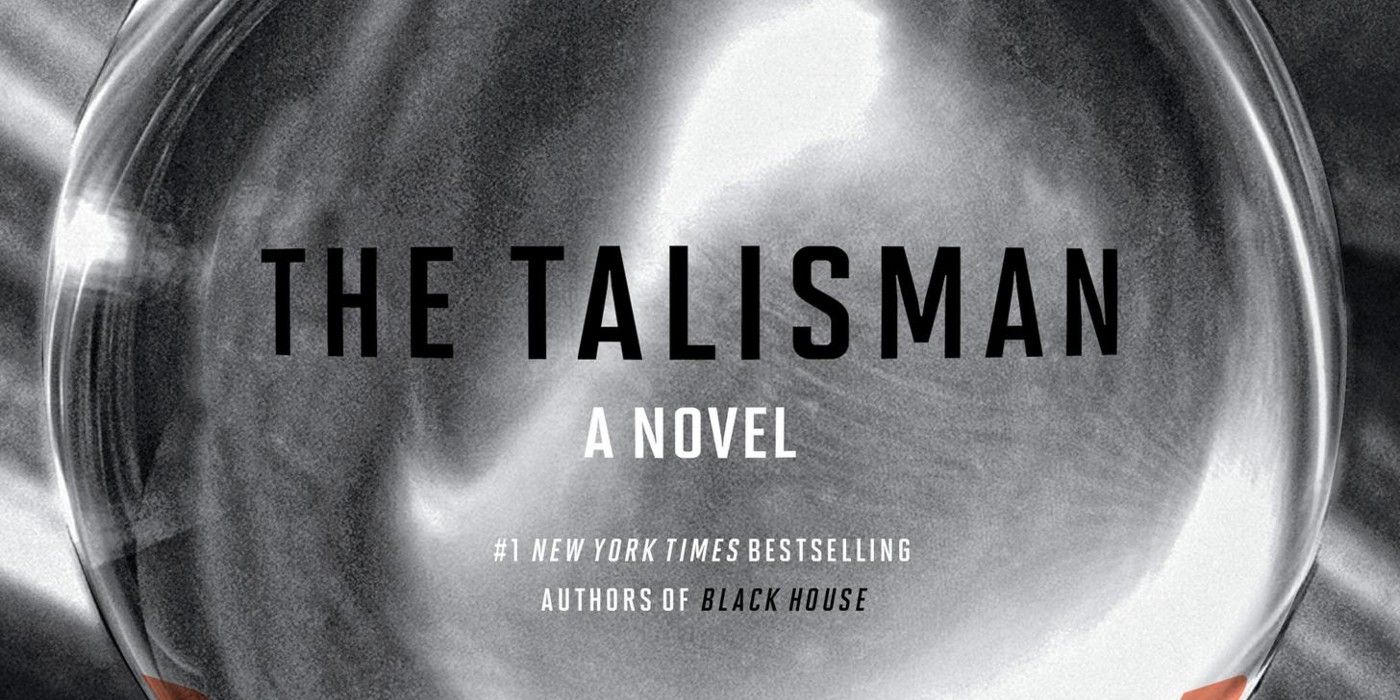Stephen King On Stranger Things: Comparing The Shows To IT

Table of Contents
Shared Thematic Elements: Childhood Fears and the Power of Friendship
Both IT and Stranger Things tap into the universal anxieties of childhood – the primal fear of the unknown, the vulnerability of innocence, and the potent force of friendship in overcoming seemingly insurmountable odds. These shared thematic elements are central to both narratives, creating a deep resonance with audiences.
-
Exploration of childhood trauma: Both stories delve into the impact of childhood trauma, shaping the characters and their responses to the supernatural threats they face. In IT, the trauma inflicted by Pennywise shapes the Losers Club's adult lives, while in Stranger Things, the disappearance of Will Byers and the subsequent encounters with the Upside Down leave lasting scars on the young characters.
-
The importance of the "chosen one" archetype: Both narratives feature a group of children who become unlikely heroes, confronting forces far beyond their understanding. While not explicitly "chosen," they find themselves thrust into the role of protectors, showcasing courage and resilience in the face of unimaginable terror.
-
The strength found in group dynamics against overwhelming threats: The power of friendship and the strength found in collective action are central themes. The Losers Club in IT and the group of friends in Stranger Things rely on their bonds to survive, demonstrating that even the most terrifying threats can be faced with courage and collaboration.
-
The blurring of reality and fantasy, creating a sense of unease: Both IT and Stranger Things masterfully blur the lines between reality and the supernatural, creating a constant sense of unease and suspense. This ambiguity heightens the horror, leaving the audience questioning what is real and what is a product of their fears.
The Monsters: Pennywise vs. the Upside Down – A Comparative Analysis
While vastly different in appearance, Pennywise the Dancing Clown and the Upside Down represent potent forces of evil that prey on the vulnerabilities of their victims. This section explores their methods, motivations, and symbolic representation.
-
Pennywise's psychological manipulation versus the Upside Down's physical invasion: Pennywise utilizes psychological manipulation, exploiting the fears and insecurities of his victims, while the Upside Down represents a more physical invasion, a tangible threat that seeps into the real world.
-
The use of fear as a weapon by both antagonists: Both antagonists weaponize fear, using it to control and manipulate their targets. Pennywise feeds on fear, making it a source of power, while the Upside Down uses fear as a means to disrupt and conquer.
-
The symbolic meaning of the monsters – representing repressed trauma and societal anxieties: Both Pennywise and the Upside Down can be interpreted as symbolic representations of repressed trauma and societal anxieties. Pennywise embodies childhood fears and the darkness lurking beneath the surface of seemingly idyllic towns, while the Upside Down reflects anxieties about government secrecy, scientific hubris, and the unknown.
-
Differences in the origin and powers of each entity: Pennywise's origin is rooted in cosmic horror, a creature of immense power and ancient evil, while the Upside Down's origins are more grounded in scientific experimentation and dimensional rifts. Their powers also differ, with Pennywise focusing on psychological manipulation and the Upside Down employing physical invasion and monstrous creatures.
Nostalgia and 80s Americana: A Key Ingredient in Both
Both IT and Stranger Things effectively leverage the nostalgia of the 1980s, using the setting and cultural references to enhance the atmosphere and create a sense of longing and unease. This carefully crafted nostalgia contributes significantly to the overall impact of both stories.
-
The impact of 80s music, fashion, and pop culture references: The pervasive use of 80s music, fashion, and pop culture references creates an immersive atmosphere, instantly transporting the audience back to that specific era. This immersive experience enhances the storytelling and emotional resonance.
-
How the setting contributes to the overall tone and atmosphere: The 1980s setting is not merely a backdrop; it is integral to the tone and atmosphere of both narratives. The seemingly idyllic small-town settings of Derry, Maine, and Hawkins, Indiana, contrast sharply with the underlying horror, creating a powerful sense of unease.
-
The use of nostalgia to create a sense of unease and familiarity: The nostalgic elements create a sense of familiarity and comfort, which is then subverted by the horror, making the experience even more unsettling. This juxtaposition enhances the emotional impact of the narrative.
-
The contrasting use of nostalgia in creating a sense of innocent childhood versus impending horror: The nostalgia for a simpler time is contrasted sharply with the impending horror, heightening the contrast and emotional impact. This juxtaposition amplifies the sense of loss and the fragility of innocence.
Unique Narrative Approaches: Where Stranger Things Diverges
While sharing significant thematic similarities with IT, Stranger Things forges its own unique identity through distinctive narrative choices, focusing on serialized storytelling and intricate character development.
-
Comparison of pacing and plot structure: Stranger Things employs a serialized structure, unfolding its narrative across multiple seasons, while IT is a more self-contained novel with a defined beginning, middle, and end. This difference in pacing significantly impacts the storytelling.
-
The focus on character arcs and relationships in Stranger Things: Stranger Things places a greater emphasis on character arcs and the evolving relationships between the characters, offering more nuanced portrayals of their emotional journeys.
-
The serialized nature of Stranger Things versus the more self-contained narrative of IT: The serialized nature of Stranger Things allows for a more gradual build-up of suspense and a deeper exploration of the characters and their motivations. This contrasts with the more immediate and intense narrative of IT.
-
How Stranger Things expands upon and subverts King's tropes: Stranger Things takes inspiration from King's work but also subverts certain tropes and expectations, creating a unique blend of familiar and unexpected elements.
Conclusion
Both Stranger Things and Stephen King's IT masterfully tap into primal fears and the power of friendship, utilizing the nostalgia of the 1980s to create unforgettable horror experiences. While Stranger Things draws inspiration from the themes and atmosphere of King’s iconic novel, it ultimately carves its own unique path through its serialized storytelling and character-driven narrative. To fully appreciate the intricate interplay of influences and unique narrative styles, delve deeper into the analysis of Stephen King’s influence on the eerie and thrilling world of Stranger Things and how it compares to the chilling masterpiece, IT.

Featured Posts
-
 Conquering The Nyt Strands April 9 2025 Puzzle Guide
May 10, 2025
Conquering The Nyt Strands April 9 2025 Puzzle Guide
May 10, 2025 -
 Navigating The Chinese Market Case Studies Of Bmw Porsche And Other Auto Brands
May 10, 2025
Navigating The Chinese Market Case Studies Of Bmw Porsche And Other Auto Brands
May 10, 2025 -
 Joanna Pages Public Call Out Of Wynne Evans Bbc Appearance
May 10, 2025
Joanna Pages Public Call Out Of Wynne Evans Bbc Appearance
May 10, 2025 -
 Nhl Oilers Vs Sharks Prediction And Betting Odds For Tonights Match
May 10, 2025
Nhl Oilers Vs Sharks Prediction And Betting Odds For Tonights Match
May 10, 2025 -
 Dakota Johnson And Family At Materialist Premiere Photos
May 10, 2025
Dakota Johnson And Family At Materialist Premiere Photos
May 10, 2025
